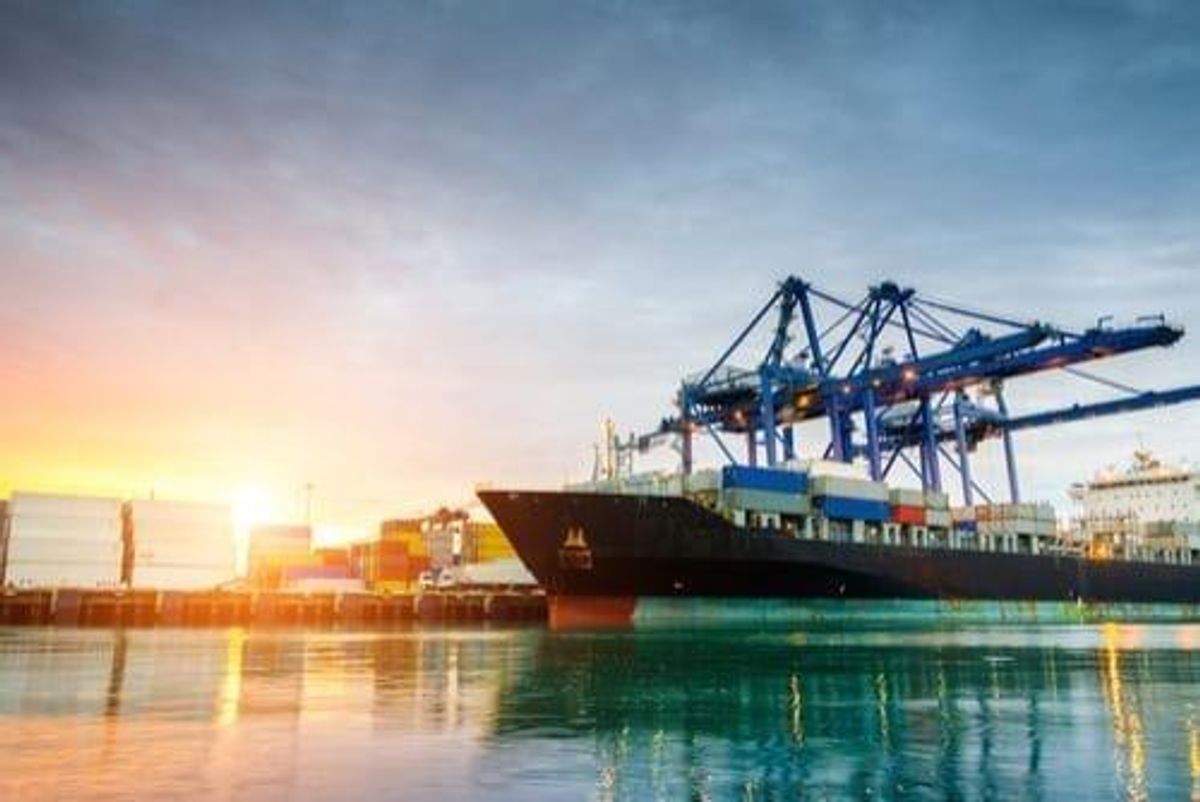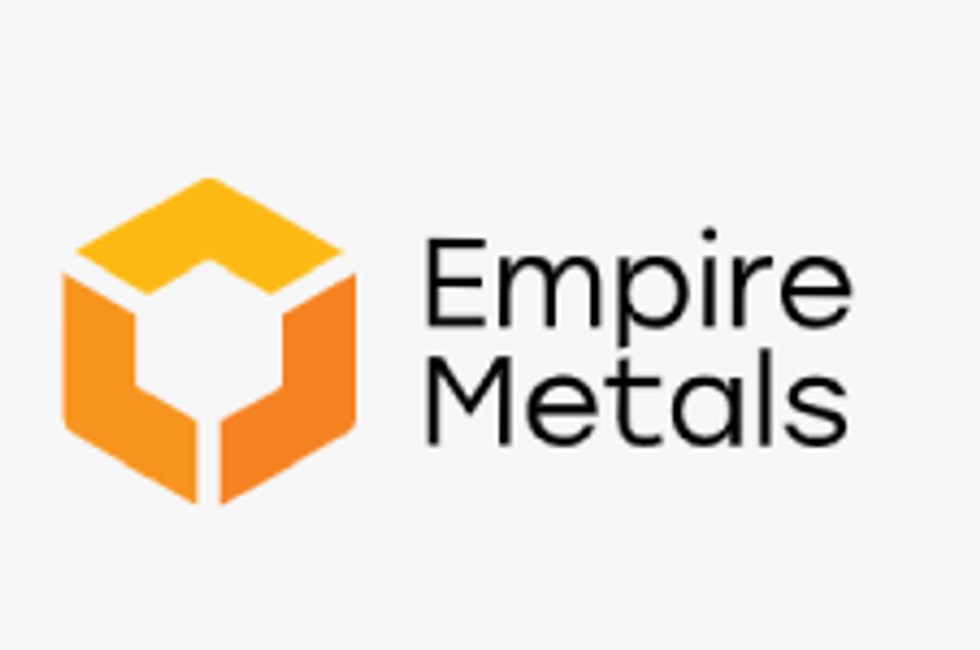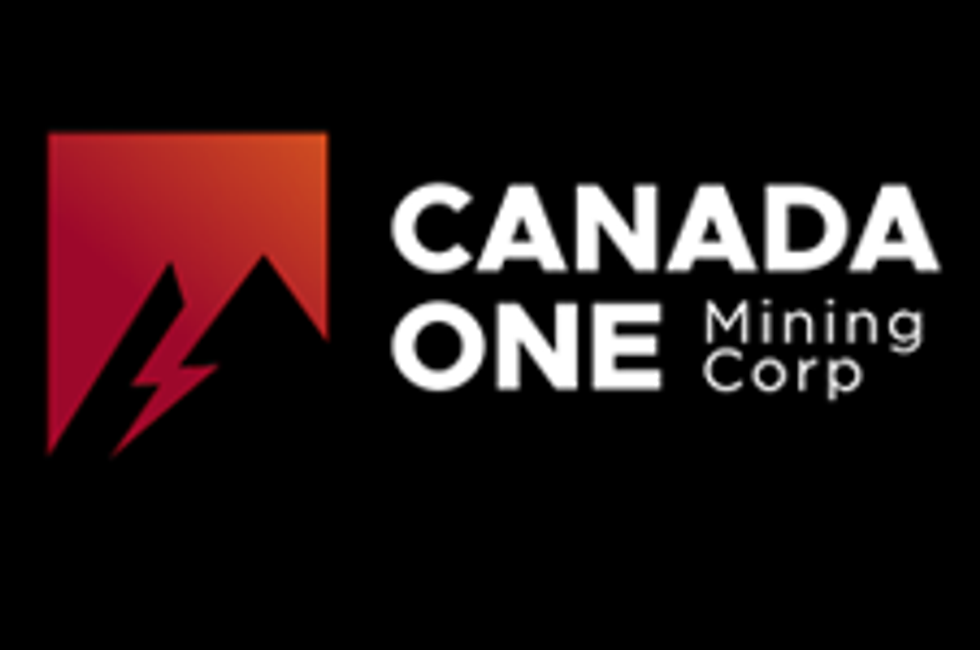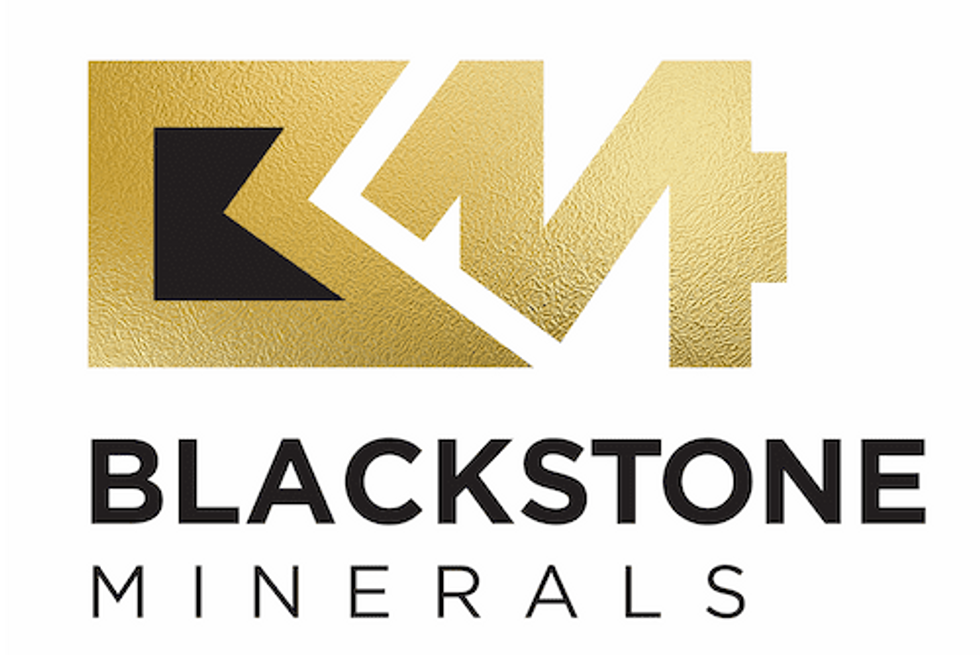Lithium, Copper to Lead Australian Commodities Exports
The Reserve Bank of Australia expects the country’s lithium exports to triple over the next several years as the electric vehicle revolution continues.

In its latest Statement on Monetary Policy, the Reserve Bank of Australia says it’s betting that lithium and copper will drive growth in the country’s commodities exports in the next few years.
Exports of bauxite, zinc and nickel are also expected to contribute, with the bank identifying the electric vehicle revolution and a “broad increase in demand for commodities used in industrial production and construction” as factors that will contribute to this projected growth.
“Australia is well placed to meet some of the increase in global demand for these commodities,” the statement, released this month, reads.
“Around 20-25 percent of known global reserves for bauxite, lithium, nickel and zinc are located in Australia, and around 12 per cent for copper. Australia was one of the largest five global producers for each of these commodities in 2016,” it continues.
Exploration and mining activity for these commodities have both grown over the past two years, supported by stronger prices. The bank expects that export volumes for these products will increase in the coming years as new projects begin production, existing mines expand and mines previously placed on care and maintenance are restarted.
While iron ore and coal still remain Australia’s two biggest resource exports, the report predicts that lithium exports will triple in the coming years, with copper, bauxite, zinc and nickel also expected to contribute to resource export growth on a lesser scale.
Copper, aluminum and its ores, zinc, nickel and lithium account for a small portion of Australia’s exports in aggregate, making up close to 7 percent of total export values and 13 percent of resource export values in 2017. The report notes that this is much less than the numbers for coal and iron ore, which made up about 30 percent of total export values and 60 percent of resource export values last year.
In spite of the predicted export growth for these particular commodities, the bank still expects their share of Australia’s total exports to remain around the same as it currently stands, with iron ore, coal and liquefied natural gas expected to comprise close to 40 percent of Australia’s exports in the years to come.
Don’t forget to follow us @INN_Resource for real-time updates!
Securities Disclosure: I, Olivia Da Silva, hold no direct investment interest in any company mentioned in this article.




